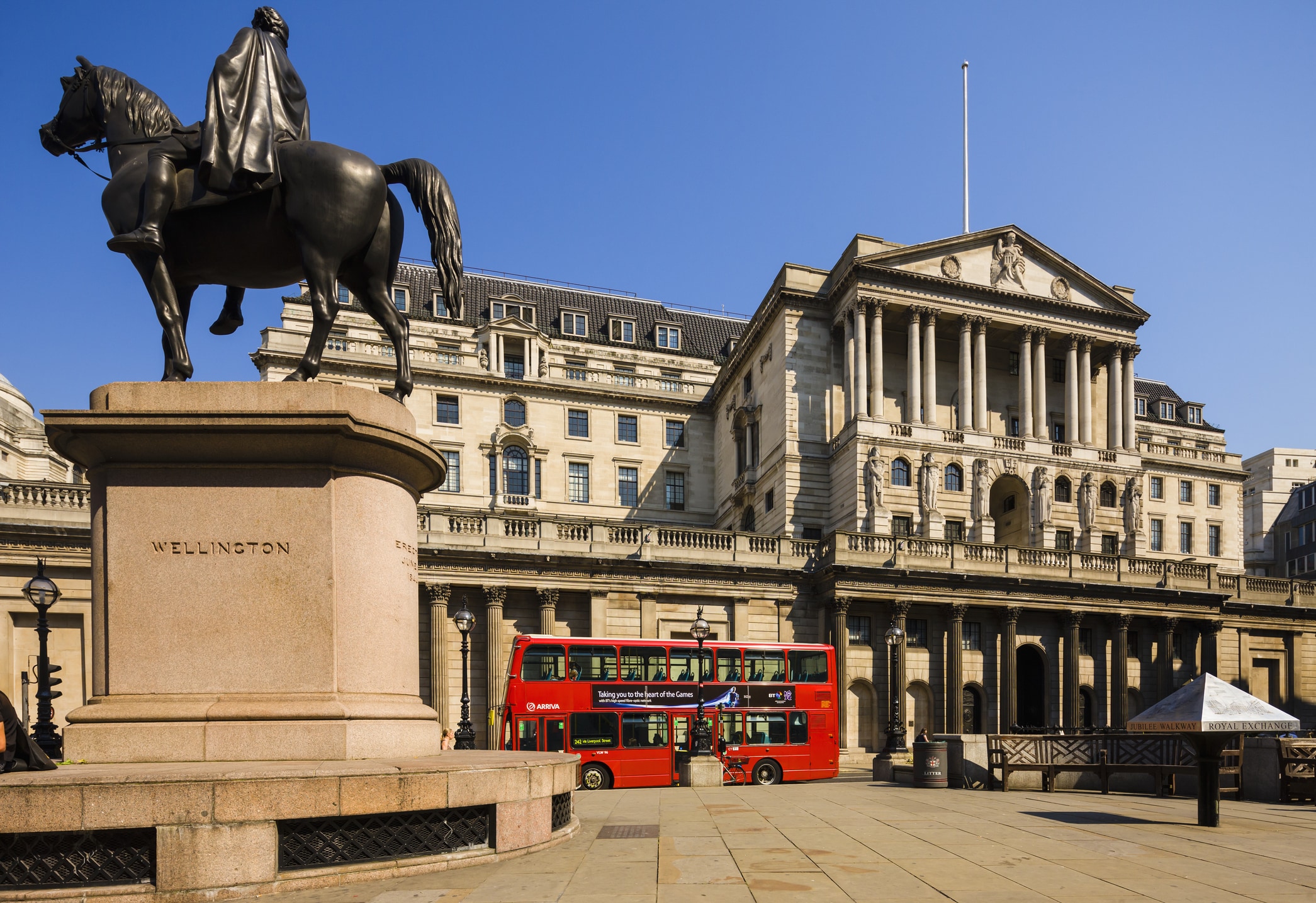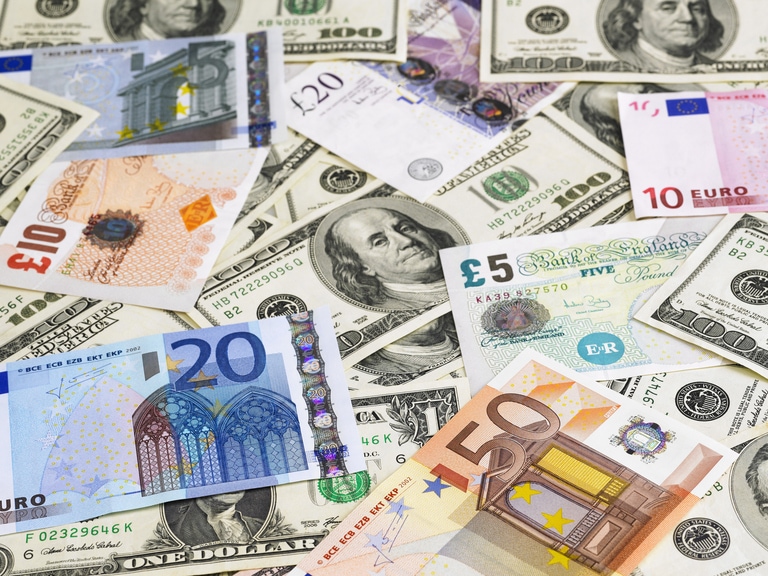Having seen the Federal Reserve hike rates yesterday evening by 25bps and signal that they are far from done, equity markets reacted by rallying strongly with the Nasdaq 100 surging to its highest levels since early September.
For all of Fed chair Jay Powell’s insistence that more rate hikes were coming, and that the Fed was not looking at cutting rates this year, his failure to push back emphatically on direct questions about market expectations of rate cuts this year, as well as the loosening of financial conditions has created an even greater divergence between market pricing on rates, and the Fed’s expectations of how the economy is likely to evolve.
To borrow a line from Cool Hand Luke, “what we’ve got here is a failure to communicate”.
Long story short, the market thinks the inflation job is done, even if the Fed hasn’t arrived at that conclusion yet. Consequently, this goes a long way to explaining why US markets closed strongly higher and yields and the US dollar plunged to 9-month lows, with the euro hitting 1.1000 for the first time since April last year.
Last night’s rally in the US looks set to translate into a higher European open as we now look towards the Bank of England and the European Central Bank to outline their messaging when it comes to the timeline of their own rate hiking cycle.
Starting with the Bank of England, the MPC is on the horns of a dilemma as the UK economy continues to struggle with double digit inflation, although the economy may well not be as bad as perhaps was thought at the end of last year, which could prompt a modest tweak to some of its economic forecasts.
The slide in energy prices in recent months has alleviated some of the pressure on wage packets, when it comes to petrol prices, however with food price inflation still at 16%, they will also be acutely aware that a weak pound will make headline inflation much sticker than it needs to be if they show any indication, they are going soft when it comes to hit its inflation target.
There will be the usual concerns about the impact on mortgage costs from another 50bps move but 5-year gilt yields have barely moved since the lows set back in November, although 2-year yields are higher.
Whatever we get today we are likely to see a split again, with the likes of Tenreyro and Dhingra likely to be the most averse to another hike given that they voted for no change in December.
The likes of Catherine Mann are likely to push for another 50bps, while the rest of the committee are expected to split between 25bps and 50bps, from the current 3.5%. If we do get 50bps will the Bank of England signal it is done, and signal a pause, or will they move by 25bps and signal there is more to come. With core prices looking sticky and wages rising at over 7% any procrastination on the MPC’s part when it comes to forward guidance could well do more harm than good.
Whatever we get from the MPC today history has taught us it’s unlikely to help the pound in the short term given the Bank of England’s propensity to talk the pound lower whenever they meet. There is also the fact that the pound has been under pressure on the back of the belief that the Bank of England is much closer to the end of its rate hiking cycle than the ECB.
After the Bank of England, it is the turn of the European Central Bank and here there is little doubt that we will see another 50bps rate hike later today. It is what comes next that is likely to dominate the discourse today.
When the most recent ECB minutes were released, it became apparent that a raft of ECB governing council members wanted a much more aggressive approach, pushing for a 75bps move.
In the wake of the recent Davos Economic Forum ECB President Lagarde doubled down on her December messaging of multiple successive rate hikes, saying that inflation is still way too high, and markets are underestimating the ECB’s resolve to drive prices back towards their 2% inflation target. This hawkish message is unlikely to be softened despite the recent fall in headline inflation to 8.5%, given core prices have remained steadfast at record highs of 5 2%.
When the ECB met in December, Lagarde more or less pre-committed the ECB to at least another 3 50bps rate hikes at the next 3 meetings, in a move that has seen the euro push higher and which has finally seen it break above the 1.1000 level, although that has mainly come about as a result of the market reaction to last night’s Fed decision, rather than any intrinsic euro strength.
This would suggest that markets are still not convinced the ECB will be able to follow through on the number of hikes indicated given the risks it might pose to the borrowing costs of the more highly indebted members of the euro area.
EUR/USD – finally pushed through the 1.0930 area and the 1.0950 area which is 50% retracement of the move from the 2021 highs to last year’s lows at 0.9536. Yesterday’s move through 1.0950 now opens up a move towards 1.1110. Support now comes in at 1.0920.
GBP/USD – the recent lows at 1.2260 remain a key support after another failure last week at the 1.2450 resistance area. A move below 1.2250 could see a move towards 1.2170.
EUR/GBP – edging back towards the recent highs just below the 0.8900 area. A move through these highs could trigger a move towards 0.9000. Key support remains at the 50- and 100-day SMA which we saw earlier this month at the 0 8720/30 area. Below 0.8720 targets 0.8680.
USD/JPY – slipped below trend line support at 129.00 from the recent lows at 127.20, raising the prospect of a retest of those lows, and potentially on towards 126.50. Resistance now at 129.30.






